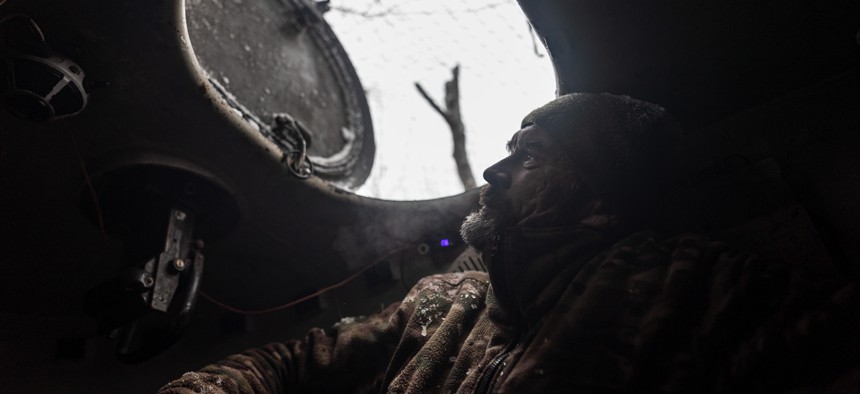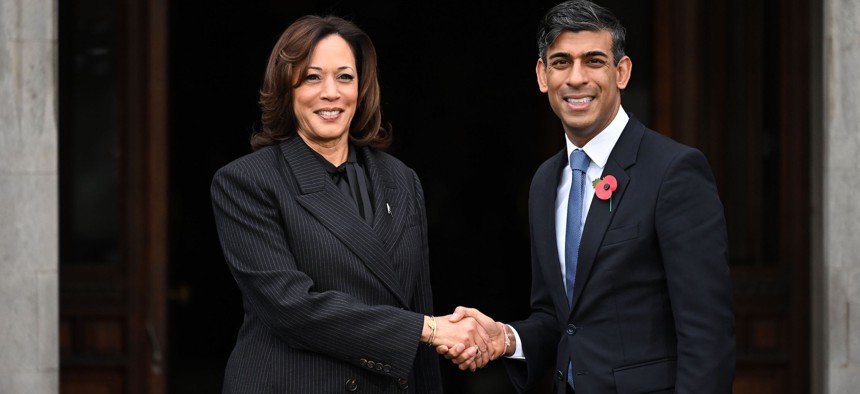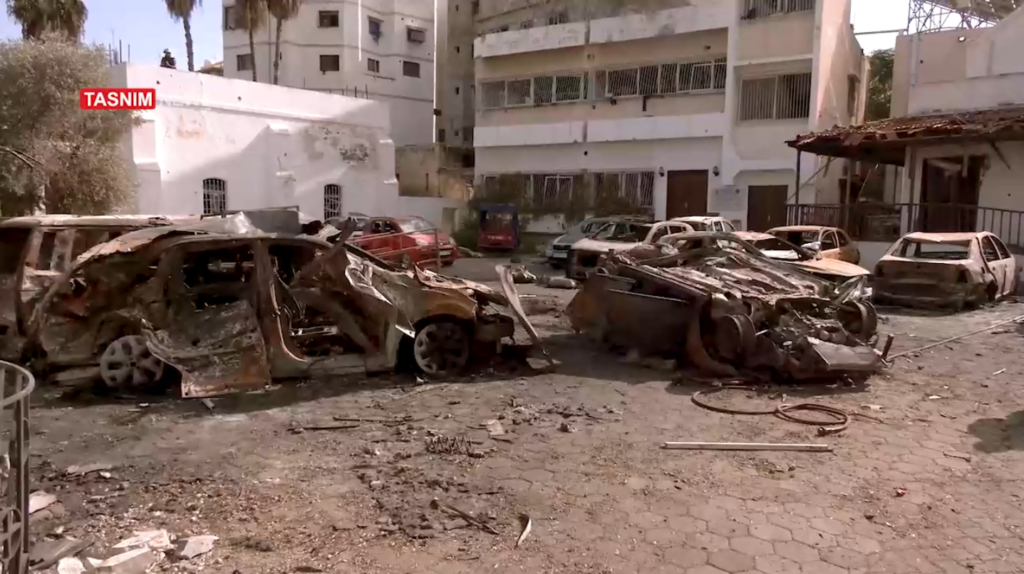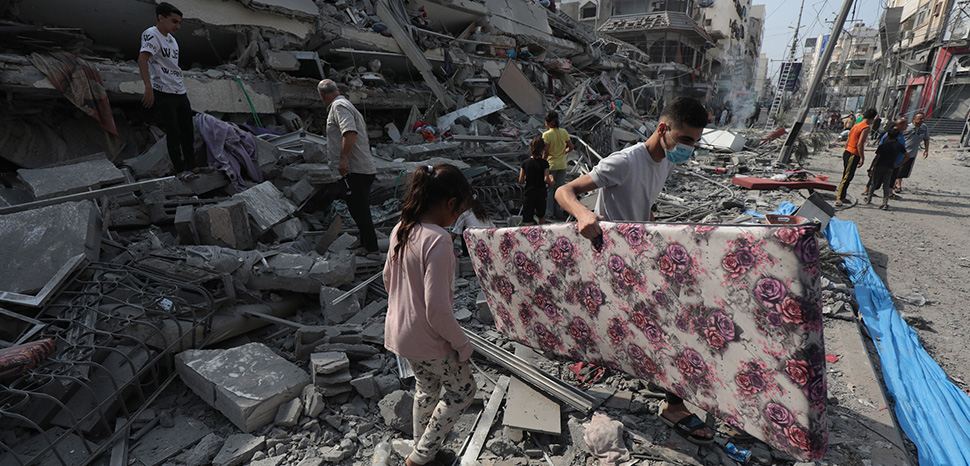Abdelali Ragad, Richard Irvine-Brown, Benedict Garman and Sean Seddon
Five armed Palestinian groups joined Hamas in the deadly 7 October attack on Israel after training together in military-style exercises from 2020 onwards, BBC News analysis shows.
The groups carried out joint drills in Gaza which closely resembled the tactics used during the deadly assault - including at a site less than 1km (0.6 miles) from the barrier with Israel - and posted them on social media.
They practised hostage-taking, raiding compounds and breaching Israel's defences during these exercises, the last of which was held just 25 days before the attack.
BBC Arabic and BBC Verify have collated evidence which shows how Hamas brought together Gaza's factions to hone their combat methods - and ultimately execute a raid into Israel which has plunged the region into war.
'A sign of unity'
On 29 December 2020, Hamas's overall leader Ismail Haniyeh declared the first of four drills codenamed Strong Pillar a "strong message and a sign of unity" between Gaza's various armed factions.
As the most powerful of Gaza's armed groups, Hamas was the dominant force in a coalition which brought together 10 other Palestinian factions in a war games-style exercise overseen by a "joint operation room".
The structure was set up in 2018 to coordinate Gaza's armed factions under a central command.
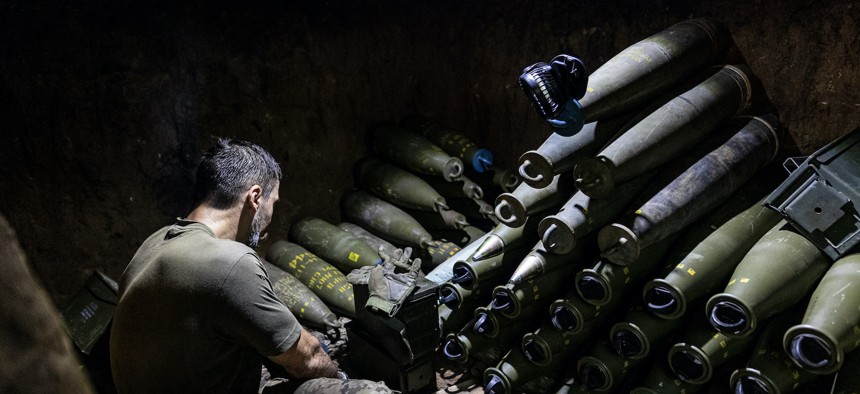
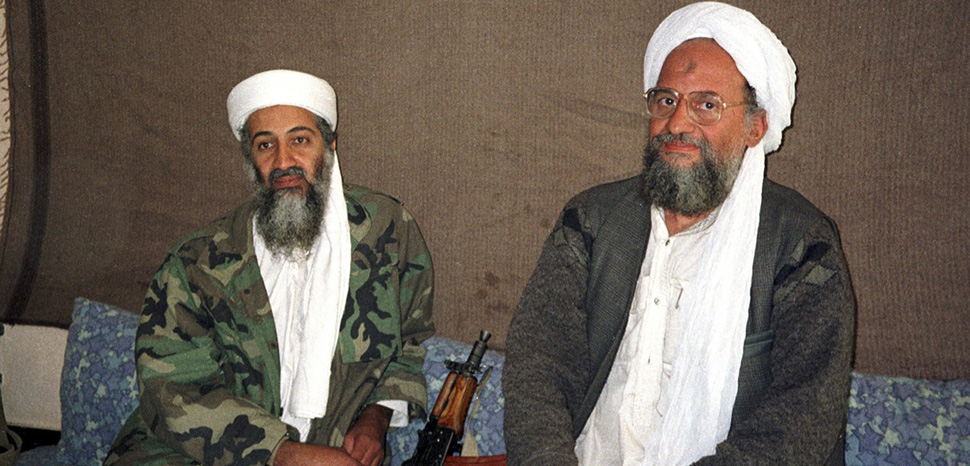


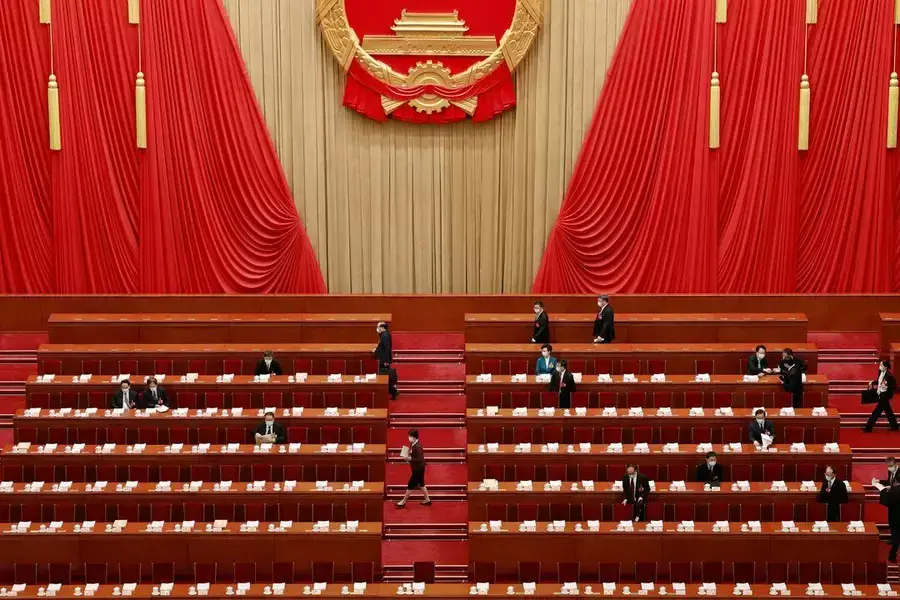


:quality(70)/cloudfront-us-east-1.images.arcpublishing.com/archetype/HANBKECMEFC6DF5PWTTAMP7SLY.jpg)

